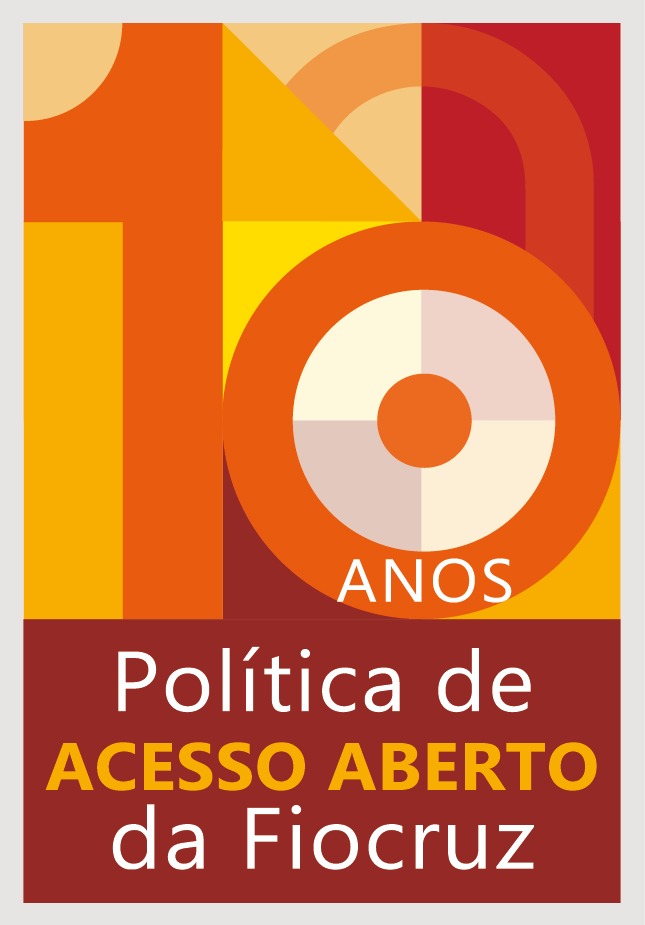Article by Fiocruz shows expansion of artificial intelligence against cancer
26/01/2024
Maíra Menezes (IOC/Fiocruz)
A study by the Oswaldo Cruz Institute (IOC/Fiocruz) reveals the accelerated growth of artificial intelligence (AI) applications aimed at tackling cancer. Published in the journal Nature Biotechnology, the study analyzed global patent registrations in the area, showing the expansion of new technologies, mainly related to image analysis, biomarkers, early disease detection and gene expression modeling.
Carried out in a database that gathers information on more than 50 patent offices around the world, the survey identified 749 registrations for AI applications in oncology. The first inventions date back to 1997, but over 95% were registered after 2015. In seven years, from 2015 to 2022, the number of patents jumped from 25 to 749, which corresponds to an average growth rate of 53% per year.
The survey was carried out by researchers Luiza Braga, Renato Lopes, Luiz Alves and Fabio Mota, from the Cellular Communication Laboratory at IOC/Fiocruz. According to the authors, the data shows that the area should continue its growth in the coming years: "Our projections indicate that, by 2027, we could have around 390 new artificial intelligence patent registrations with applications in oncology per year. From the content of the patents, AI applications are expected in several areas of Oncology, including basic research, diagnosis, treatment and post-treatment strategies," say the authors.
Providing an overview of the sector, the study identified the countries with the highest number of registrations, the profile of developers and the most covered topics. At the forefront of most inventions up to 2016, the United States has been surpassed by China and India. In 2021, the last year with complete data, 160 patents were registered in China, 47 in India and 27 in the USA.
Meanwhile, the survey found only three patents in Brazil from 1997 to 2022, only one of which was authored by a Brazilian institution: The Federal University of Rio Grande do Sul (UFRGS). In the global scenario, academic institutions and companies accounted for 80% of patent registrations, with companies leading between 1997 and 2020 and academic institutions becoming the majority the following year.
In 2022, with partial data collected until September, the majority of patent registrations were made by individuals. Less frequently, hospitals and governments also figured at the forefront of inventions.
The authors of the study draw attention to the national investment strategies of the countries leading the way in the development of AI for cancer. In 2017, the Chinese government launched the New Generation Artificial Intelligence program, with planned investments of US$1 trillion by 2030. The following year, India presented the National Strategy for Artificial Intelligence Program initiative, with plans to invest US$1.3 billion by 2025.
In the United States, public and private spending in the area amounted to approximately US$80 billion in 2020 alone, with an emphasis on collaborations between academia and industry. "Based on the strategies of leading countries, we can see the importance of fostering partnerships between academic institutions and the private sector, boosting AI research and application in the oncology field. Moreover, national strategies to promote research and development, combined with incentive policies, can further catalyze Brazil's potential," say the researchers.
Looking at the content of the patents, the researchers observed that most of the registrations did not mention a specific type of cancer as the target of the technology. Among the tumors mentioned, the most frequent were breast cancer (associated with the highest number of cases worldwide) and lung cancer (causing the highest number of deaths). A computational modeling technique was applied to identify the thematic topics in the text of the patents, pointing to prominent themes in the applications of artificial intelligence in oncology.
AI image analysis was considered the dominant theme of the inventions, present in 43% of the patents registered. According to the authors, this topic could include artificial intelligence applications for segmenting and classifying medical images, such as X-rays, MRI scans and CT scans, with the aim of obtaining faster and more accurate diagnoses.
Associated with AI image analysis, the training of machine learning models to identify lesions associated with cancer in medical images was verified in 20% of the patents, number which has fallen in recent registrations, possibly indicating that the theme has saturated.
Biomarker screening, early cancer detection and gene expression modeling appeared as emerging themes, identified less frequently but with an increasing number of patents. According to the authors, biomarker screening can be related, for example, to applications that use artificial intelligence to detect and monitor blood components or vascular patterns associated with cancer.
The topic of early disease detection may include tools that compare data from a patient with information from large databases in order to detect alterations suggestive of the disease at an early stage. Applications for gene expression modeling can help identify genetic patterns that allow proposing ideal treatments for specific types of cancer and predicting disease progression.
Considering the accelerated growth of the field and the potential impact of technologies, from bench research to the diagnosis and treatment of the disease, the researchers believe that artificial intelligence could revolutionize oncology. "We can infer that AI applications in oncology have the potential to transform the state of the art, contributing to reducing cancer mortality in the near future," say the scientists.
The mapping carried out based on patent registrations is part of the line of research into the analysis of scientific and technological information in health, developed at the Cellular Communication Laboratory at IOC/Fiocruz. According to the director of the Laboratory, Renato Lopes, and the deputy director, Fabio Mota, the studies contribute to retrospective analysis and to anticipating future possibilities within the scientific fields in which the Laboratory operates. "Mapping studies of scientific and technological information are a valuable resource for guiding strategic decisions, gathering data on potential partners, competitors and future research directions. This information allows making informed strategic decisions, contributing to effective planning and the optimization of investments," the researchers pointed out.




